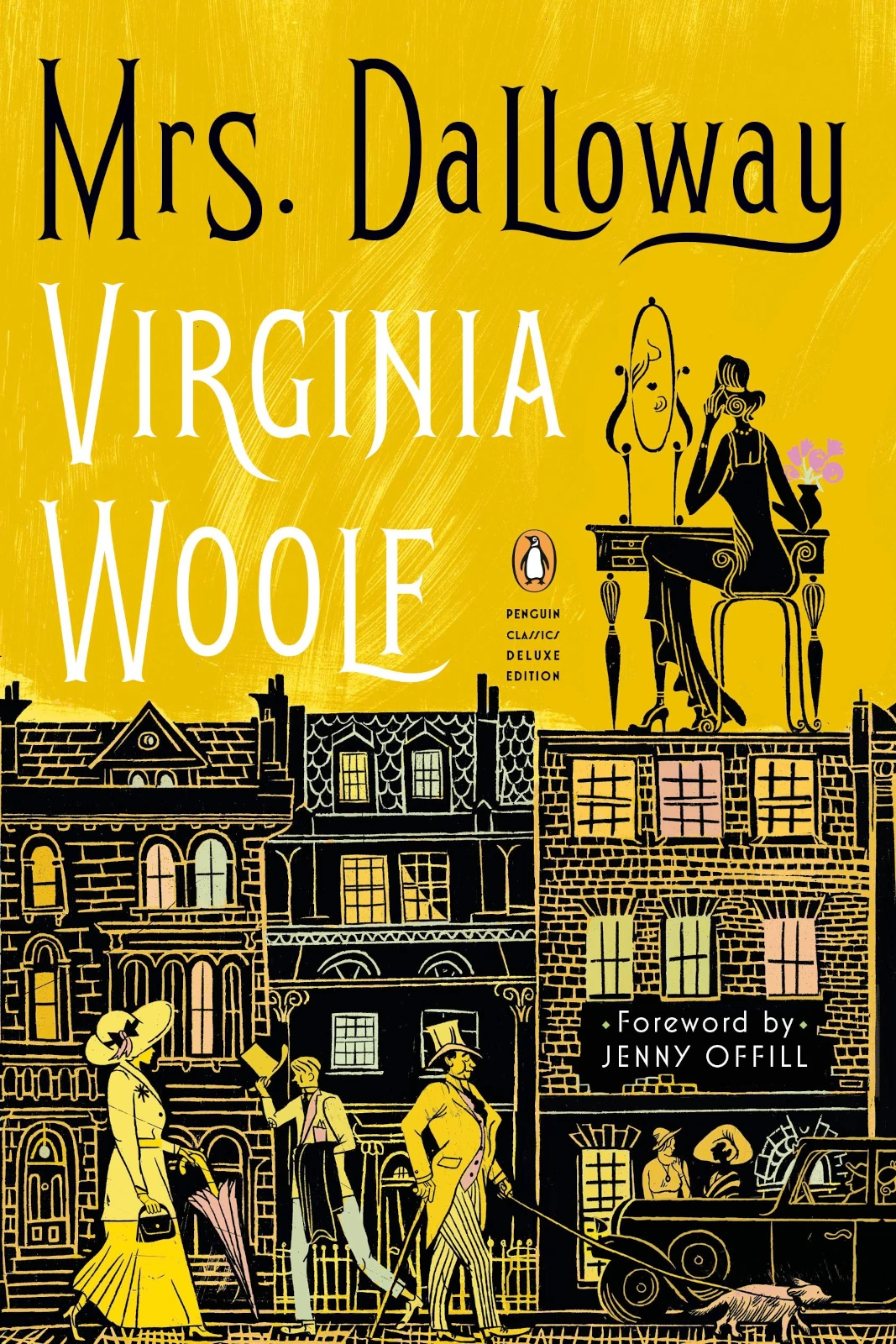
A Study in Classics: Mrs. Dalloway in a Post-COVID World
Words By Cassandra Perez
COVID-19 has lent many things a new lease on life: Zoom, Steven Soderbergh’s 2011 film Contagion, sourdough starters and drive-in theaters, just to name a few. As the anxiety-fueled days of quarantine and social distancing trudge on and with new lockdown measures a guarantee for some, is it any surprise that many find themselves looking back on the past to find answers in the present—and perhaps to help us contextualize this “new normal?” As literature lovers, we know that there is no better vessel for such nostalgia and life lessons than a timeless book. And one classic many have been reaching for in the past few months is Virginia Woolf’s Mrs. Dalloway.
Lauded as one of Virginia Woolf’s best novels and the bane of high schoolers’ existence everywhere, Mrs. Dalloway details a day in the life of Clarissa Dalloway as she prepares for an evening party—something that is almost unthinkable for us in the present. Its opening line, “Mrs. Dalloway said she would buy the flowers herself,” has spawned anxious Twitter variations in light on the pandemic, as noted by The New Yorker (the most recent popular iteration seems to be in reference to Trump’s infamous press conference flub: “Mrs. Dalloway said she’d book the Four Seasons Total Landscaping herself.”)
Fueling this association are the novel’s opening pages, which contain perhaps the most involved and glamorized depictions of running errands in all of literature. In her morning jaunt through the crowded city, Clarissa notes the vitality she feels—“In people’s eyes, in the swing, tramp, and trudge; in the bellow and the uproar . . . in the triumph and jingle and the strange high singing of some aeroplane overhead was what she loved; life; London; this moment of June.”—something almost alien to us now that a simple grocery run carries a level of risk.
But beyond the perhaps obvious callback, Mrs. Dalloway contains a near-perfect framework for thinking about adjusting to a post-COVID world. Set in 1923, five years after the 1918 flu pandemic that claimed upwards of 50 million people and the end of World War I, the novel captures the strangeness of life in the shadow of unspeakable peril. Though the beginning of the novel finds Clarissa in seemingly high spirits, she notes that, “she always had the feeling that it was very, very dangerous to live even one day.” This latent dread feels all too familiar right now, especially when its indicators are largely visual: masked faces, empty cities, ambulances and full hospitals.
Though it lacks true social distancing, the characters display a marked level of disconnect from everything going on around them. Peter Walsh, an old friend of Clarissa’s whom he once proposed to and was promptly rejected, recalls the time they spent in London in their youth and “the feeling they had of dissatisfaction; not knowing people; not being known.” Lady Bruton, a friend of the Dalloways, notes how once her friends leave her, “they [go] further and further from her, being attached to her by a thin thread . . .” Rezia Warren Smith cries “I am alone; I am alone!” to herself after a futile attempt to remind her husband, a shell-shocked war veteran by the name of Septimus Warren Smith, of their first meeting and courtship in Milan at the end of the war. These insights, afforded to Mrs. Dalloway by virtue of its shifting point-of-view, provide a familiar glimpse into how tragedy can wreck our relationships. Just as Clarissa and co. feel socially adrift in a world where the loss feels so large it must be given a seat at the table, so are we struggling to connect amid grief and fear, knowing that getting close is a risk in itself. Social media, once the great connector, has been fatigued by the proliferation of Zoom and rampant video conferencing: reaching each other via the screen has never felt more isolating. We miss real, physical connection.
Despite its short length, Mrs. Dalloway tackles a number of big themes: the passing of time, mental illness and depression and existentialism. Meanwhile, the inevitability of death hangs over the novel’s happenings, though politely out of sight. Clarissa herself narrowly escaped it— we are told that she was one of the lucky few who recovered from the Spanish flu, though she has a weak heart and has “grown very white since her illness.” She is similarly described as “a nun withdrawing.” She sleeps alone, a sort of physical isolation in itself. Knowing she has it better than others but still struggling under the weight of that grief, she asks herself: “Did it matter then . . . that she must inevitably cease completely? All this must go on without her; did she resent it; or did it not become consoling to believe that death ended absolutely?”
The answer, one that we can cling to in our present uncertainty, comes near the end of the novel when, during her party, Clarissa learns of Septimus’ suicide: “Oh! thought Clarissa, in the middle of my party, here’s death, she thought.” In light of this revelation, she leaves her own party to be alone. In the quiet of the room, she looks out the window and at an older woman in another. She thinks of Septimus, just as we think of those we might have lost, and when she is done mourning, acknowledges that “she must go back. She must assemble”—and so shall we.